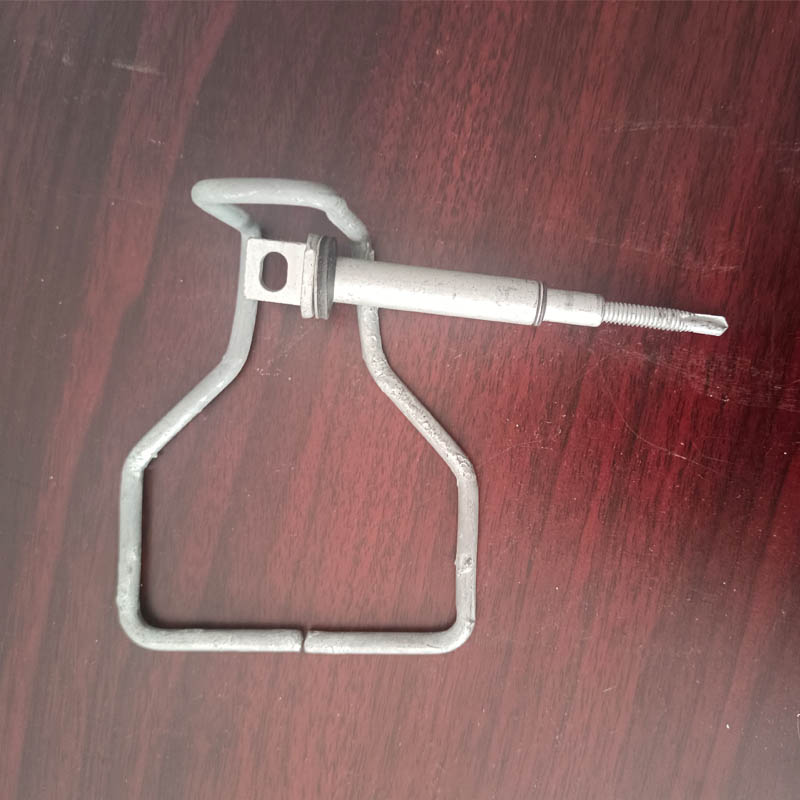
- Mobile Phone
- +8613931874955
- sales@cntcmetal.com
Understanding the Properties and Applications of Steel Compression Springs in Engineering and Design
Understanding Steel Compression Springs Essential Components in Mechanical Design
Steel compression springs are vital components frequently utilized in a variety of mechanical systems across diverse industries. These springs function by resisting compressive forces, providing essential support and energy storage. Understanding the properties, designs, and applications of steel compression springs is crucial for engineers and designers aiming to create efficient and effective mechanical systems.
What are Steel Compression Springs?
Steel compression springs are coiled cylindrical springs made from steel, specifically engineered to bear axial loads. When a load is applied, these springs compress and store potential energy, which can be released when the load is removed. Their design varies from simple open-coil forms to complex shapes, often customized for specific applications. The material choice, usually high-carbon steel or stainless steel, ensures durability and resistance to deformation under high stress.
Properties of Steel Compression Springs
The functional effectiveness of steel compression springs is attributed to several key properties
1. Material Strength Steel is chosen for its excellent tensile and compressive strength, which allows the spring to maintain shape and function under heavy loads.
2. Elasticity Steel possesses significant elastic properties, enabling it to return to its original shape after deformation.
3. Fatigue Resistance A well-designed compression spring can withstand cyclic loading without failing, making it suitable for dynamic applications.
Design Considerations
steel compression springs

When designing a steel compression spring, several factors must be taken into account
1. Spring Constant This factor determines the stiffness of the spring and is crucial for calculating how much the spring will compress under a given load. The spring constant can be adjusted through wire diameter, spring diameter, and coil count.
2. Total Deflection The desired amount of compression under load must be accurately defined to ensure performance meets expectations.
3. End Conditions The ends of the spring can be designed with hooks, loops, or flat surfaces, based on the application requirements. This affects how the spring connects with other components.
4. Heat Treatment To enhance strength and fatigue resistance, springs often undergo heat treatments. Tempering and hardening processes can significantly affect performance outcomes.
Applications of Steel Compression Springs
Steel compression springs find applications across various sectors. In automotive engineering, they are used in suspension systems and engine components to absorb shocks and vibrations, enhancing ride comfort and vehicle stability. In consumer electronics, small compression springs are essential in mechanisms such as keyboards and buttons, providing tactile feedback and ensuring durability.
Additionally, in industrial machinery, compression springs play a critical role in mechanical systems, such as conveyors, lock mechanisms, and numerous automated processes. Their adaptability and reliability make them indispensable in the design of fail-safe mechanisms, where they can act as backups in case of electronic failure.
Conclusion
Steel compression springs are integral to modern engineering and manufacturing. Their ability to absorb shock, store energy, and return to their original shape under various loads makes them essential in numerous applications. As technology evolves, innovations in materials and design techniques will continue to enhance the performance and versatility of these springs. Understanding the principles behind steel compression springs allows engineers to design more efficient systems, ensuring reliability and effectiveness in every application.
share:
-
Your Source for Concrete Wall Ties and Masonry AccessoriesNewsJul.10,2025
-
Unlocking the Power of Iron Wire for Every ProjectNewsJul.10,2025
-
Explore Advanced Chain Wire and Stainless Steel Mesh FencingNewsJul.10,2025
-
Discover the Benefits of Annealed Wire ProductsNewsJul.10,2025
-
Discover China Stainless Steel Wire Mesh SolutionsNewsJul.10,2025
-
Build with Confidence Using High-Performance Masonry AccessoriesNewsJul.10,2025
-
Why Sacrificial Formwork Is Redefining Underground ConstructionNewsJun.06,2025



















